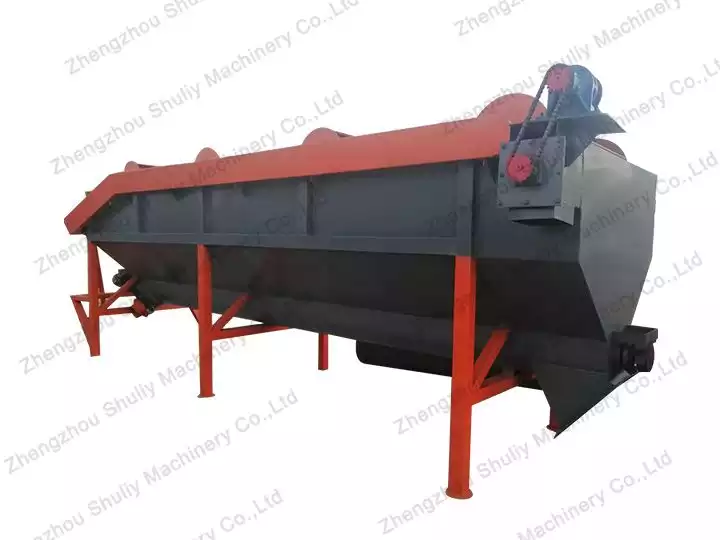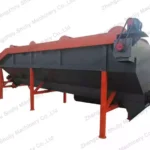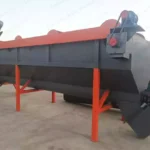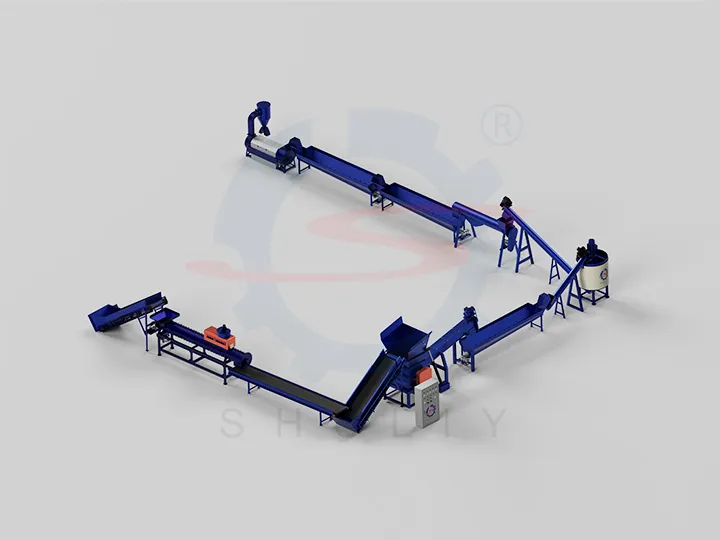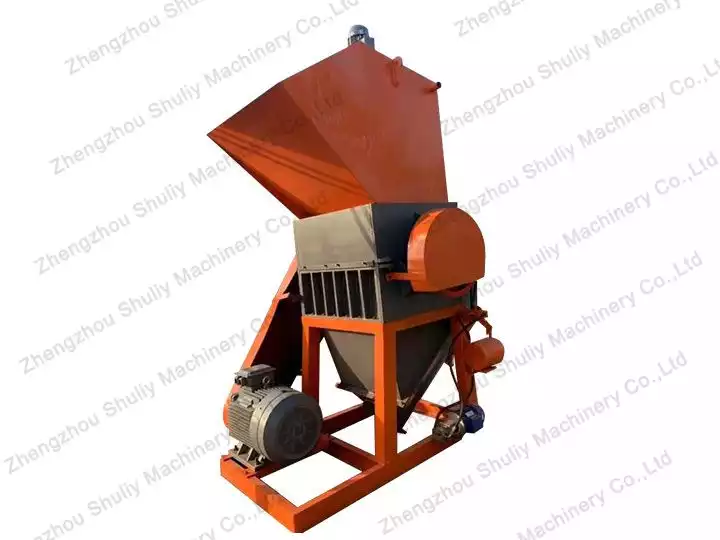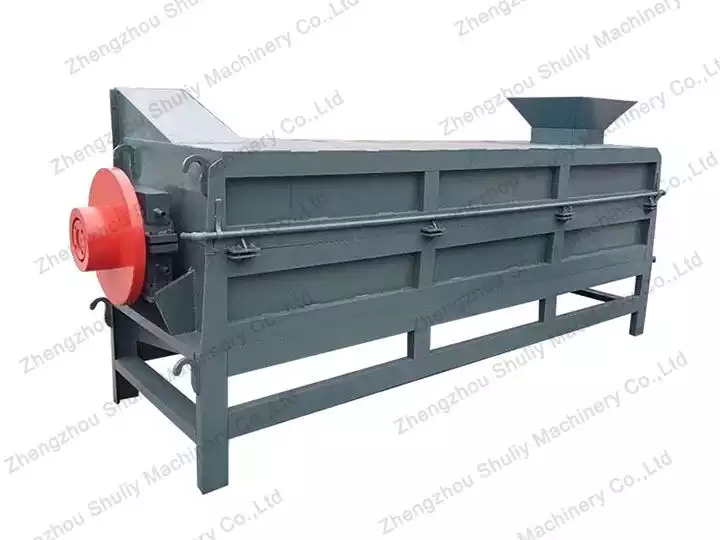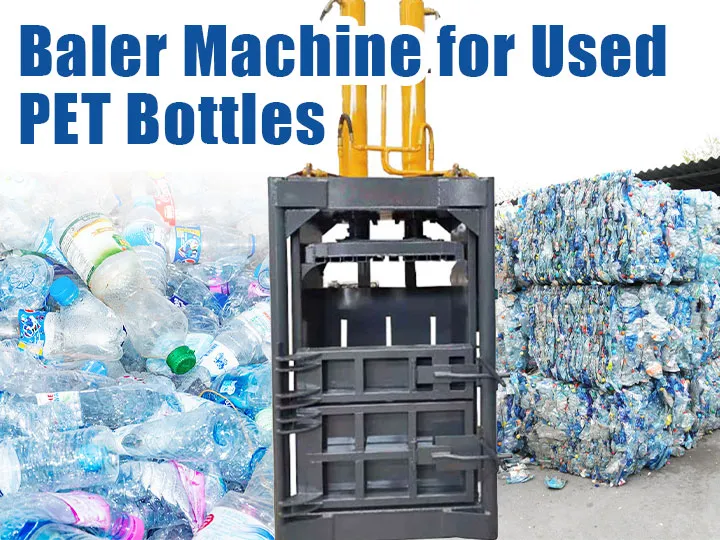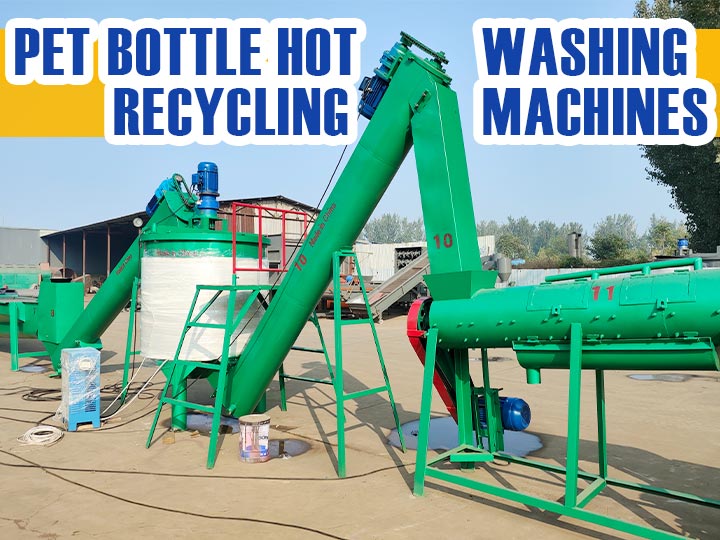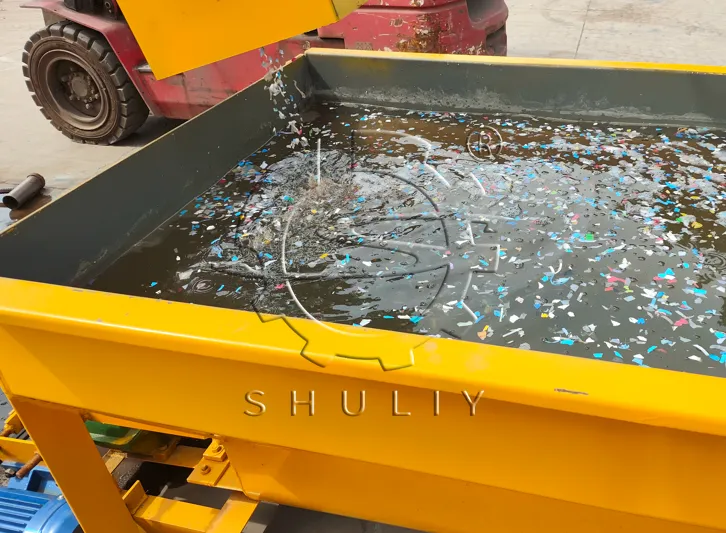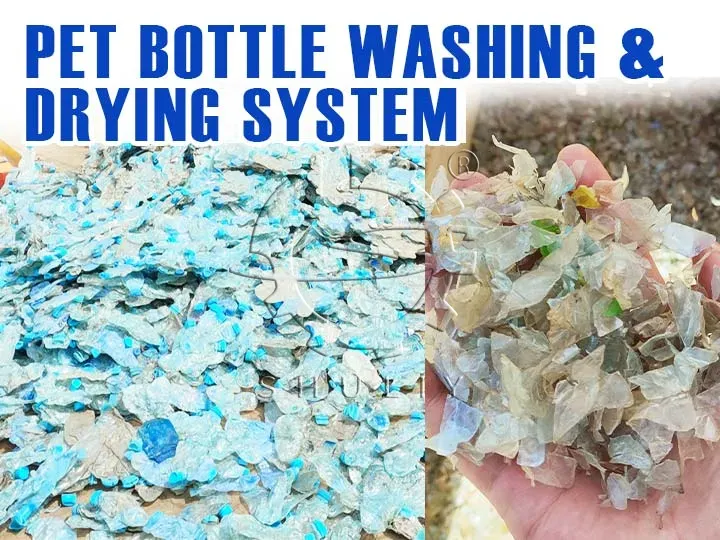Plastic Float Sink Tank for High-Purity Flake Washing Separating
| Applicable Industry | Plastic Recycling Industry |
| Raw Materials | PET, PP, PE Flakes |
| Brand Name | Shuliy |
| Motor Power | 3 KW |
| Machine Color | Red, Grey |
| Warrenty | 12 months |
You can now ask our project managers for technical details
The plastic float sink tank is one of the most popular machines in the plastic bottle recycling line, which is also called the PP PE separating tank. The separating tank uses different plastic densities to reject PP or PE bottle caps, thus selecting clean PET pieces and ensuring the purity of the product.
PET bottle washing machine application
Generally speaking, recycled PET bottles will be sent into a PP PE separating tank after crushing. Because of plastic bottle caps are made from PP or PE, it is necessary to separate them from PET chips. Only after the clean PET material is separated, the next process of cleaning can be started.
Why a PET Sink-Float Separation Tank is Mission-Critical?
“In the competitive rPET market, flake purity is not a feature—it’s your currency. A mere 1% contamination of PP/PE in your PET flakes can drastically reduce the material’s market value and limit its application, disqualifying it from high-profit sectors like fiber production or bottle-to-bottle recycling.
The Sink-Float Separation Tank acts as the primary guardian of your product’s purity and, ultimately, your profitability. It is the most cost-effective bulk separation method to remove polyolefin (PP/PE) caps and labels, ensuring the final rPET flakes meet stringent quality standards (e.g., contamination levels below 100ppm).”
Factory display of plastic float sink tank
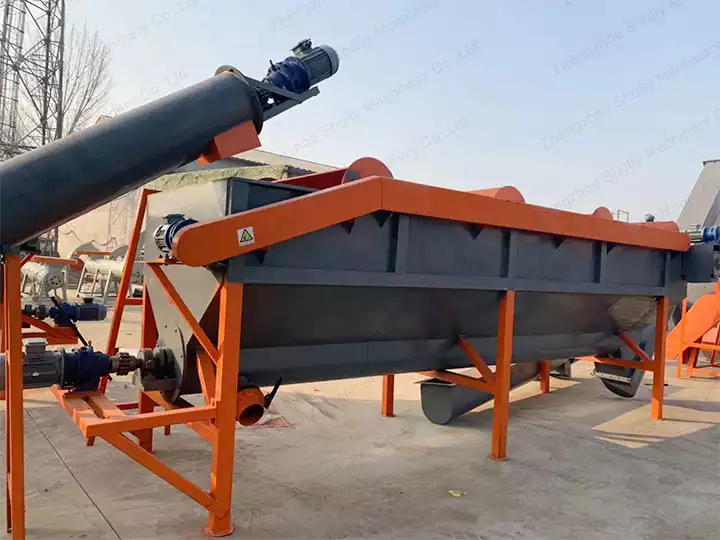
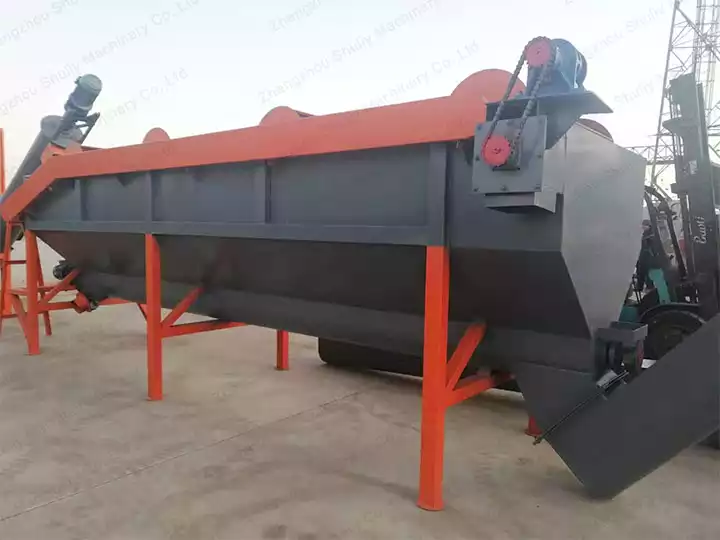
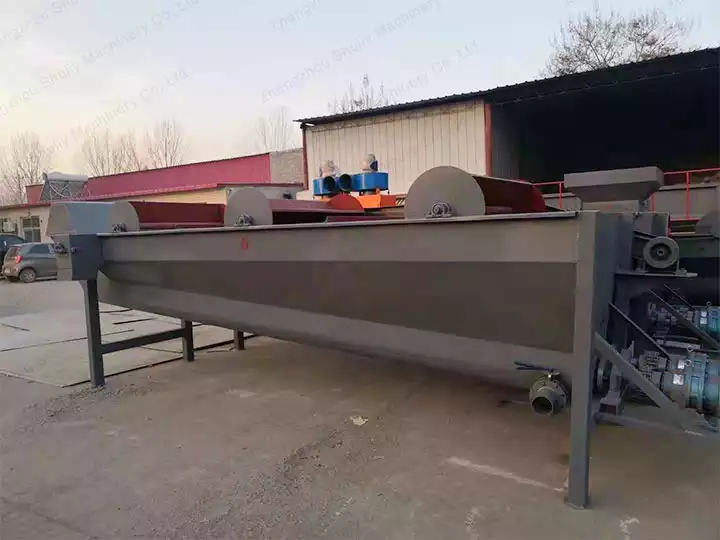


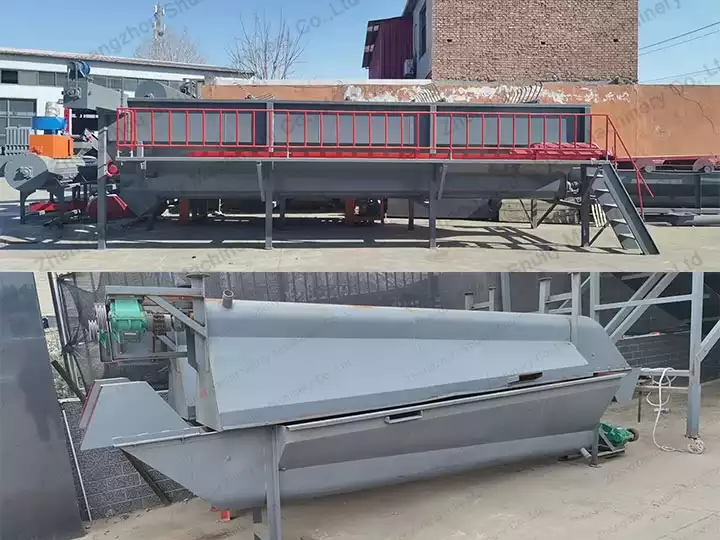
Why do you need a plastic float sink tank ?
Most of the beverage bottles and mineral water bottles are made of PET plastic, and PET plastic is 100% recyclable material. Therefore, both PET plastic and rPET (recycled PET plastic) can be recycled to make new products again, such as clothing, carpets, industrial products and new plastic bottles.
After the plastic bottles are pulverized, they need to be de-pulverized and thoroughly cleaned by PP PE separating tank, which is done to obtain a single variety of PET plastic flakes. Instead of a plastic mixture interspersed with PP or PE flakes. The pure PET plastic is reconstituted into raw plastic particles in a mold and finally used for the production of new products. Therefore, it is necessary in a PET bottle recycling plant.
How It Works: A Look Inside the Separation Process
Our sink-float tank leverages the fundamental principle of material density in a meticulously engineered process:
- Infeed: Crushed and pre-washed plastic flakes (a mix of PET, PP, PE) are fed into the water-filled tank.
- Separation: Due to its higher density (>1.3 g/cm³), PET flakes immediately begin to sink. Conversely, PP and PE from bottle caps and label remnants, with densities <1.0 g/cm³, float to the surface.
- PET Discharge: A slow-rotating bottom screw conveyor (or chain scraper), engineered for minimal water disturbance, transports the sunken PET flakes along the length of the tank. They are then discharged via an inclined screw elevator, which also helps to dewater the material.
- Contaminant Removal: Simultaneously, top rotating paddles gently push the floating PP/PE contaminants towards a side-discharge port or a rotating drum for automatic removal. A strategically placed baffle prevents these contaminants from entering the PET discharge stream.
Critical Note: While highly effective for PP/PE, this method cannot separate contaminants with similar density to PET, such as PVC. This is why a robust pre-sorting stage is essential.
The pet bottle washing machine uses water as a medium to separate the PP and PE caps from the PET flakes, meanwhile, it can also clean the PET flakes. When the crushed plastic bottles enter the machine, the plastic bottle caps whose density is lower than that of water will float on the water surface.
Because the plastic bottle caps are made of PP and PE material, they both have less density than water, so they will float on the water surface, while the denser PET bottle pieces will sink to the bottom, which is one of the easiest and effective ways to separate clean PET material.
Key Design Features of PET Sink-Float Separation Tank
- Robust Material Construction: All parts in contact with water and plastic are made from Type 304 Stainless Steel to prevent rust and product contamination, ensuring a long service life. The frame is built from heavy-duty carbon steel for structural integrity.
- Optimized Tank Dimensions: Our standard models offer a proven length-to-width ratio for optimal material residence time, maximizing separation efficiency. Custom dimensions are available to fit your specific plant layout and capacity needs.
- Efficient Transport System: We offer both screw conveyors for standard applications and heavy-duty chain scrapers for higher capacities or more abrasive materials, ensuring reliable, jam-free operation.
- Integrated Water Circulation (Optional): To reduce water consumption, our system can be equipped with a water filtration and circulation pump, significantly lowering your operational costs.
- Easy Maintenance Access: Designed with operators in mind, our tanks feature large clean-out doors and easily accessible components for simplified maintenance and reduced downtime.
Technical Specifications: SL-Series PET Sink-Float Separation Tank
| Parameter | Specification | Notes |
|---|---|---|
| Model | SL-500 / SL-1000 / SL-2000 | Or list as “Customizable” |
| Processing Capacity | 500 – 3,000 kg/h | Varies based on model and material condition |
| Tank Dimensions (L×W×H) | Customizable | Standard dimensions available upon request |
| Interior Material | SUS304 Stainless Steel | Ensures no rust contamination, long service life |
| Exterior Frame | Heavy-duty Carbon Steel | Coated with anti-rust marine paint |
| PET Transport System | Bottom Screw Conveyor (Standard) | Chain scraper available for higher capacities |
| Floating Impurities Removal | Top Rotating Paddles | Automatic discharge to a dedicated port |
| Total Motor Power | 3 kW – 11 kW | Dependent on capacity and configuration |
| Voltage | 380V/50Hz/3P (Customizable) | Can be adapted to any country’s standard |
| Control System | Independent Control Cabinet | With frequency control (VFD) for motors |

